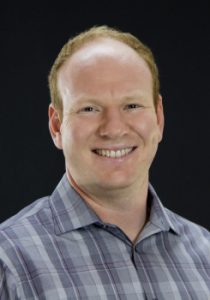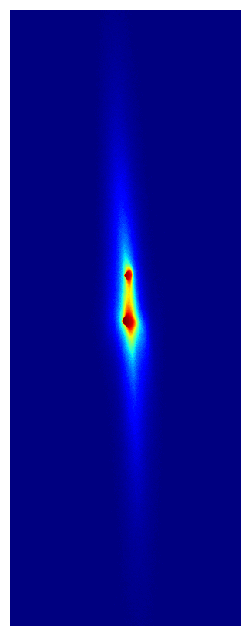Gravitational waves (GWs) are a signature for some of the most energetic phenomena in the universe, which cause ripples in space-time that travel at the speed of light. These events, spurred by massive accelerating objects, act as cosmic messengers that carry with them clues to their origins. They are also probable sources for highly energetic neutrinos, nearly massless cosmic messengers hurtling through space unimpeded. Because neutrinos rarely interact with surrounding matter, they can reveal phenomena that are otherwise unobserved with electromagnetic waves. These high-energy neutrinos are detected by the IceCube Neutrino Observatory, a cubic-kilometer detector enveloped in Antarctic ice at the South Pole.
Both GWs and neutrinos are recently introduced messengers in astronomy and have yet to be detected by the same source. Such a major discovery would not only shed light on the sources of cosmic rays but would also help in understanding the most energetic processes in the universe. By coordinating traditional observations (from radio to gamma rays) with these new messengers, researchers can gain deeper insights into astrophysical sources that were unobtainable before.
Previously, the IceCube Collaboration looked for joint emission of GWs and high-energy neutrinos with data collected by IceCube, the Laser Interferometer Gravitational-Wave Observatory (LIGO), and the Virgo gravitational wave detector. These results were from GWs observed during the first two observing runs (O1 and O2) of LIGO and Virgo. IceCube researchers from the University of Wisconsin–Madison and Columbia University conducted an updated analysis of GWs from the third observing run (O3) of the LIGO/Virgo detectors. The increased number of GWs improved the researchers’ overall analysis. Their findings were recently submitted to The Astrophysical Journal.

